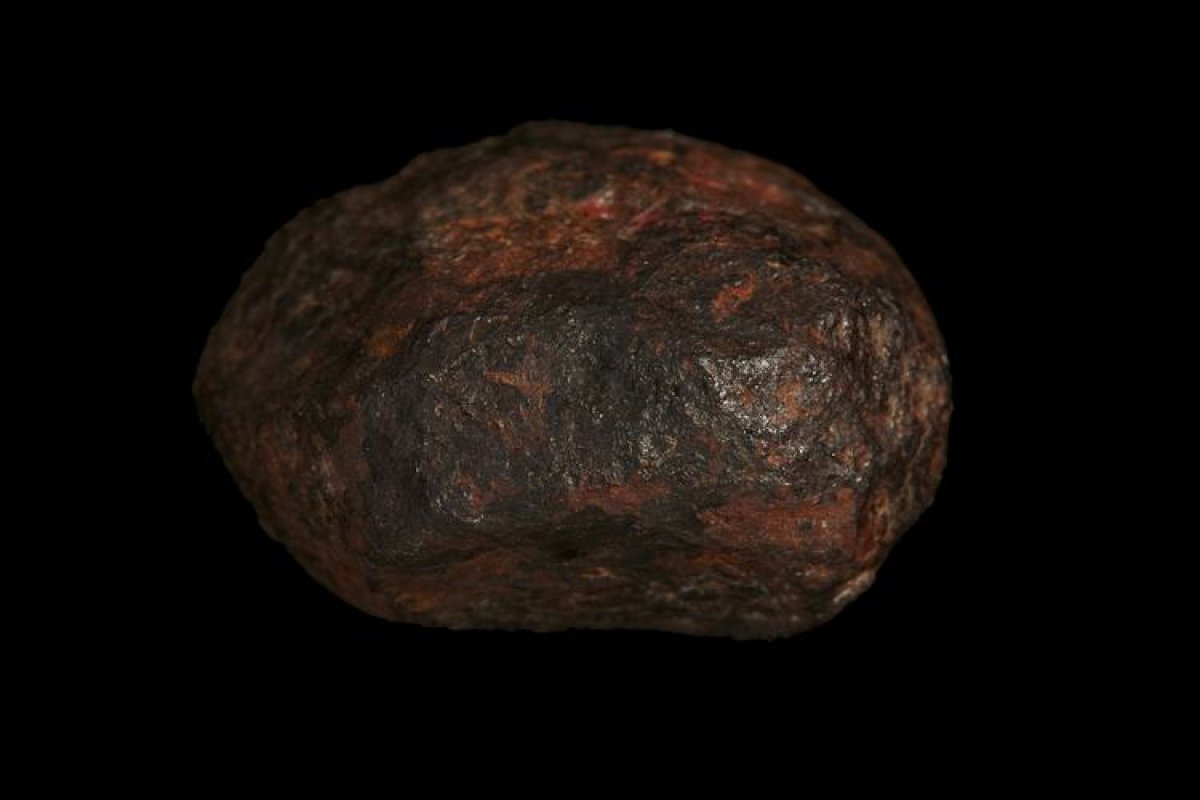
Edscottite is a rare mineral with a fascinating backstory. Did you know it was first discovered in a meteorite? This iron carbide mineral, named after Edward Scott, a cosmochemist, has intrigued scientists since its identification. Why is Edscottite special? For starters, it forms under extreme conditions, typically found in space. This makes it a cosmic treasure for researchers. But wait, there's more! Edscottite is also a component in steel manufacturing, though in a different form. Curious about its properties? It has a unique crystal structure that sets it apart from other minerals. Want to learn more? Keep reading to uncover 30 amazing facts about Edscottite!
Key Takeaways:
- Edscottite is a rare mineral found in meteorites, with unique properties and a significant role in understanding the early solar system. Its discovery opens doors to new material science and space exploration.
- Scientists are excited about Edscottite's potential for future research, including finding more samples, developing new materials, and uncovering insights into space exploration and the history of our solar system.
What is Edscottite?
Edscottite is a rare mineral that has captured the interest of scientists and enthusiasts alike. Named after Edward Scott, a cosmochemist, this mineral has a unique story and composition. Here are some fascinating facts about Edscottite.
-
Edscottite is an iron carbide mineral, specifically Fe5C2.
-
It was discovered in the Wedderburn meteorite, which fell in Australia.
-
The mineral was officially recognized by the International Mineralogical Association in 2019.
-
Edscottite forms under high-temperature conditions, typically found in space.
-
It is one of the few minerals that have been identified in meteorites.
The Discovery of Edscottite
The discovery of Edscottite was a significant event in the field of mineralogy. Let's delve into some interesting details about its discovery.
-
The Wedderburn meteorite was found in 1951 near Wedderburn, Victoria, Australia.
-
The meteorite weighs about 210 grams.
-
Scientists have been studying the Wedderburn meteorite for decades before identifying Edscottite.
-
Edward Scott, after whom the mineral is named, contributed significantly to the study of meteorites.
-
The discovery of Edscottite was made using advanced electron microscopy techniques.
Unique Properties of Edscottite
Edscottite has some unique properties that make it stand out among other minerals. Here are some of its distinctive features.
-
Edscottite has a metallic luster.
-
It is opaque, meaning light does not pass through it.
-
The mineral has a high density due to its iron content.
-
Edscottite exhibits a crystal structure that is orthorhombic.
-
It is magnetic, which is typical for iron-containing minerals.
Edscottite in Meteorites
Meteorites are known to contain various rare minerals, and Edscottite is one of them. Here are some facts about Edscottite in meteorites.
-
Edscottite is believed to form during the cooling of molten iron in space.
-
The presence of Edscottite in meteorites provides clues about the conditions in the early solar system.
-
Studying Edscottite helps scientists understand the processes that occur in space.
-
The mineral is often found alongside other iron carbides in meteorites.
-
Edscottite's formation in meteorites is linked to the high-pressure environments of space.
Scientific Significance of Edscottite
Edscottite's discovery and study have significant implications for science. Here are some reasons why it is scientifically important.
-
Edscottite helps scientists understand the formation of iron carbides in space.
-
The mineral provides insights into the cooling rates of molten iron in meteorites.
-
Studying Edscottite can reveal information about the early solar system's conditions.
-
The mineral's unique properties can lead to new discoveries in material science.
-
Edscottite's magnetic properties are of interest to researchers studying magnetism in minerals.
Edscottite and Its Future Research
The study of Edscottite is still in its early stages, and there is much more to learn. Here are some potential areas for future research.
-
Researchers aim to find more samples of Edscottite in other meteorites.
-
Studying Edscottite can help develop new materials with unique properties.
-
The mineral's formation process can be replicated in laboratories for further study.
-
Understanding Edscottite's role in meteorites can lead to new insights into space exploration.
-
Future research on Edscottite may uncover more about the history and evolution of our solar system.
The Final Word on Edscottite
Edscottite, a rare mineral found in meteorites, has fascinated scientists and enthusiasts alike. Its unique structure and composition offer insights into the cosmic processes that shape our universe. Discovered in a meteorite that fell in Australia, this mineral is named after Edward Scott, a pioneering meteoriticist.
Understanding edscottite helps us learn more about the formation of our solar system and the materials that existed billions of years ago. This mineral's rarity makes it a valuable subject of study, shedding light on the complex interactions between elements in space.
So, next time you look up at the night sky, remember that tiny fragments like edscottite hold the secrets of the universe. Keep exploring, stay curious, and who knows? You might just stumble upon the next big discovery.
Frequently Asked Questions
Was this page helpful?
Our commitment to delivering trustworthy and engaging content is at the heart of what we do. Each fact on our site is contributed by real users like you, bringing a wealth of diverse insights and information. To ensure the highest standards of accuracy and reliability, our dedicated editors meticulously review each submission. This process guarantees that the facts we share are not only fascinating but also credible. Trust in our commitment to quality and authenticity as you explore and learn with us.
